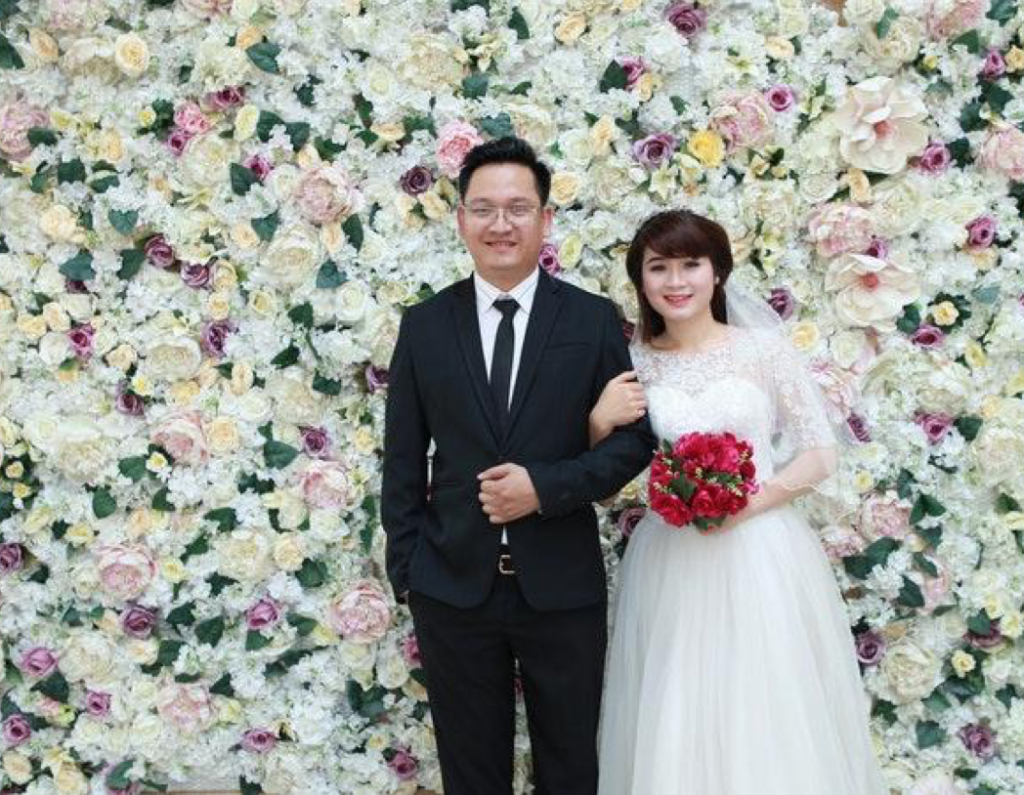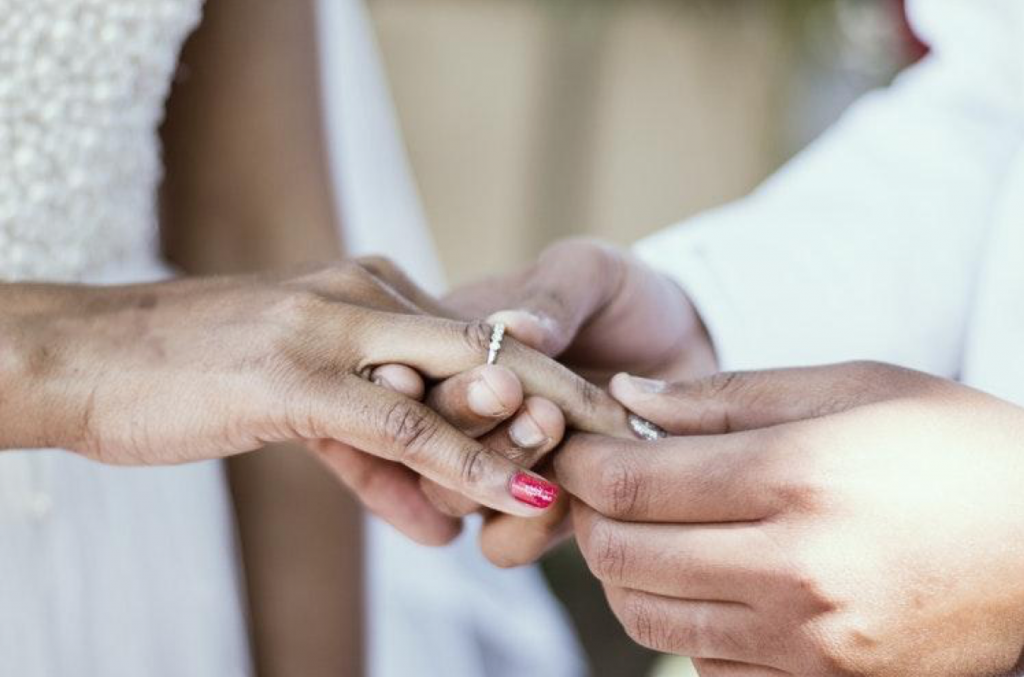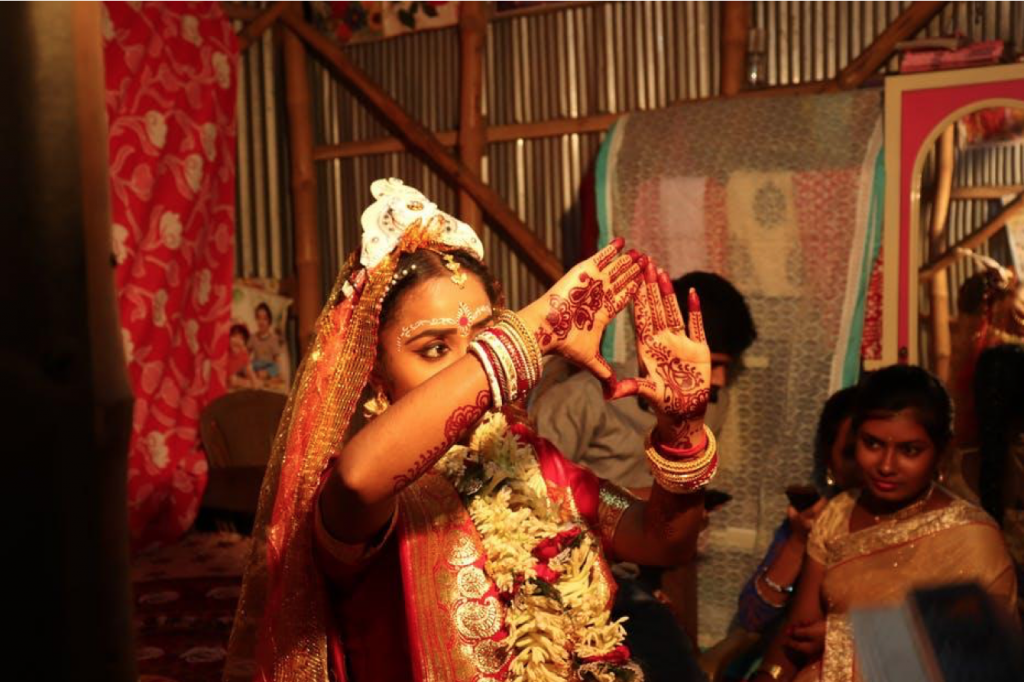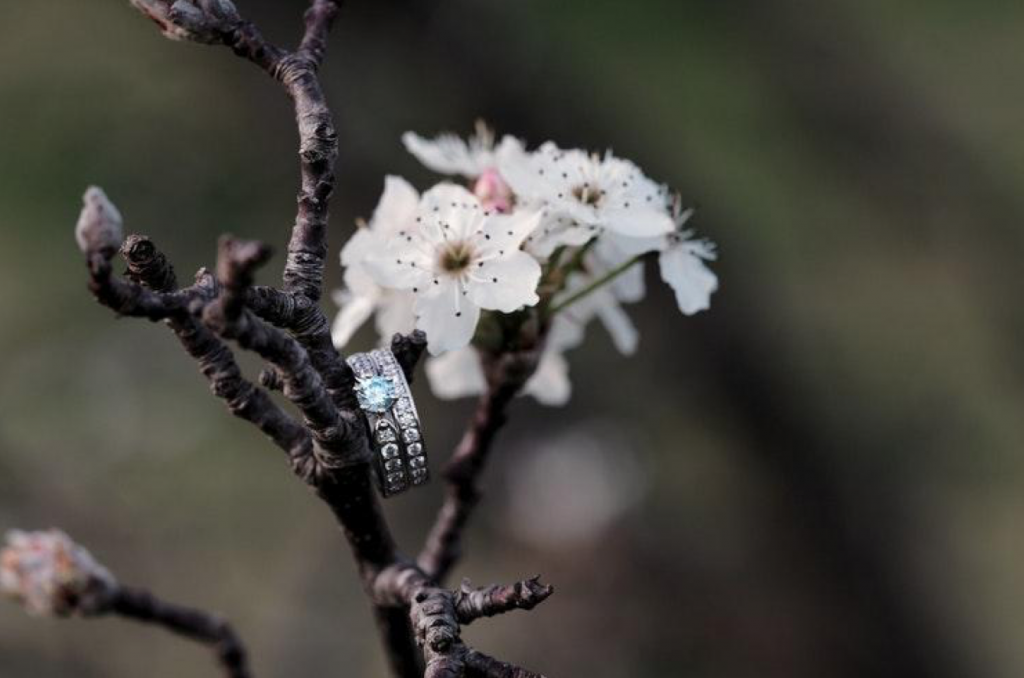By Emma Murphy
 Source: Bao Loop on Unsplash
Source: Bao Loop on Unsplash
In 2017, Feminism was named Word of the Year by Merriam Webster because of the international spotlight that was shone on gender inequality, sexual assault, and a general lack of respect for women as humans.
Unlike some previous winners (w00t, anyone?), feminism is here to stay. Today, more people than ever before are identifying themselves as feminists and supporting gender equality, which is something that spills over into all sectors of their lives from the careers they choose to the person they vote for, to their wedding. This means that more people than ever before are seeking to have a feminist marriage, which bypasses traditional gender roles and embraces equality.
Some people think that the phrase “feminist marriage” is a contradiction in terms because of the institution’s looooooong history of patriarchal values and deep-seated sexism, but I disagree.
Wait, wait, wait. Let me explain.
I am a feminist, but that has never stopped me falling in love or wanting to spend the rest of my life with someone and have that relationship legally recognized.
Feminists Can Get Married If They Want To
Source: Vlad Tchompalov on Unsplash
So, let’s address the elephant in the room. Yes, marriage was used as a tool of the patriarchy to preserve the sexist status quo for centuries.
Marriage laws over time (and still today in many parts of the world) have been used to oppress women, exclude LGBTQ+ people, and criminalize relationships between people of color and white people. It’s no wonder that some intersectional feminists believe that we can’t redeem marriage.
But I’d argue that these massive problems aren’t inherent in the institution of marriage itself as they were created by the people in charge at the time. Yes, it can be hard to clean up the huge mess that sexism/homophobia/racism have left on marriage, but for those of us who want a feminist marriage, it’s worth it.
A Feminist Wedding

Source: Edward Cisneros on Unsplash
So you and your partner have chosen to get married and unpack the patriarchal baggage of the institution together, as equals. First, congratulations! Second, let me show you how to incorporate feminism into your big day.
Now, not all of these ideas will be things that you want to incorporate into your wedding and that’s okay. After all, feminism is all about choice… so long as you aren’t taking that choice away from another woman!
Important: This guide is primarily written for cisgender, heterosexual couples as queer couples often do a good job of bypassing traditional gender roles on their own. But there are some useful tips for LGBTQ+ people in the latter half of this article.
Proposals
Source: Fidel Fernando on Unsplash
1. If you like it, put a ring on it
It used to be that men proposed to women because they earned more, which meant that a) they could afford a ring and b) men had more options for marriage and could afford to be picky about who they chose.
Although men still do earn more on average, women can propose to their boyfriends. All you need is a ring, some Champagne, and a good speech about how much you love him.
2. Or propose simultaneously
In most media portrayals of proposals, we see one partner (typically a man) planning a proposal without really consulting the other person. Thankfully, most IRL proposals are actually a mutual agreement, where you’ve discussed marriage in advance.
So why not suggest a joint proposal? All you have to do is decide on a time and place.
3. Choose your own ring
Traditionally, the man would have to shop for the engagement ring on his own (or with the help of his girlfriend’s BFF), which has led to some pretty hilarious moments in sitcoms. Your life isn’t a Friends episode, so you should probably select your own ring.
4. And let your partner choose his as well
Historically, the engagement ring has been a way for the man to mark his territory because it says to the world “this one’s taken”. Typically men don’t wear engagement rings, but why shouldn’t you get to tell the world he’s “off the market”? And let him choose his own, because he’ll be wearing it every day for the rest of his life.
5. Don’t ask permission
Back when women were considered to be the property of their closest male relative, their suitor would ask permission to propose. As women are actually capable of making decisions about their lives, it’s best that they are the person to give the initial yes or no.
Planning

Source: Rawpixel on Unsplash
6. Plan it together
Wedding planning is a mahoosive task that was traditionally left to the bride’s family (as they’d be paying for it), but this wedding is about two people and only two people. The happy couple should make the decisions together in order to get a day that they’ll both enjoy.
7. Pay for it together
As we’ve just mentioned, the bride’s family typically paid for all aspects of the wedding (aside from the wedding bands, the groom’s suit, the marriage license, and the honeymoon), but this should be split a little more evenly.
If you can afford to fund the wedding yourselves, then it’s probably best to do so as there’ll be less pressure to please your families. If you can’t fund the wedding yourselves (no shame in that), then at least try to get an equal contribution from both families.
8. Make your wedding an equal opportunities affair
It’s very rare for either partner to have solely male or female friends, so include all of your friends in your wedding shower or bachelor/bachelorette parties. Most couples also share a lot of their friends, so why not have a joint party?
9. Ditch gender-segregated wedding parties
Bridesmaids and groomsmen are all well and good, but if you want to include men in your bridal party or women in your groom’s party or nonbinary people in either, then you should do so.
10. Keep your name (or make a joint one)
Traditionally, women took their husband’s last name upon getting married, which is another reiteration of the disturbing “women as property” theme in marriage. But, as one feminist friend pointed out to me, your surname typically comes from your dad, which carries the same historical significance, so why does it matter?
Well, it’s up to you, but some women are concerned that changing their name will cause confusion in the workplace, especially if they’ve already climbed the corporate ladder.
Alternatively, you could always create a double-barreled name or your husband could take your last name.
11. Don’t diet
Women are always being warned against taking up too much space -that’s why we’re told to cross our legs on the subway and to diet until we’re a perfect size 4 – but you are allowed to take up space, I promise. So ditch the wedding diet and embrace your body.
Ceremony

Source: Benita Elizabeth Vivin on Unsplash
12. Choose a feminist officiate
There are a whole array of officiates that aren’t particularly progressive, but you can vet them before the wedding to see if they’re the one you want. Hint: ask them about removing the word “obey” from the bride’s wedding vows – it doesn’t appear in the groom’s.
If you can’t find one that you like, ask a friend or family member to get ordained on the internet.
13. Pick a historical feminist site for your venue
Did you know that you can get married in a National Park? Or that many of the national parks contain a site of important feminist history? Why not honor the incredible trailblazing women of America by having your feminist wedding at (or at least close to) a feminist landmark?
Here are my top picks:
- Barnett House in Chicago, Illinois – The home of civil rights activist and the first lady of the black press, Ida B. Wells
- Wesleyan Chapel in Seneca Falls, New York – The 1848 location of the Seneca Fall Convention on Women’s Rights
- Sewall-Belmont House in Washington DC – The home of the National Women’s Party from 1929 and birthplace of the Equal Rights Amendment to the US Constitution, which still hasn’t been ratified by Congress fyi
14. Ditch the white dress
There have to be very few fashion choices that women have traditionally made to broadcast their sexual “purity” to an audience, but white wedding dresses are one of them.
Just to be clear, virginity is a social construct and your worth as a human is not determined by whether you’ve had sex, so consider wearing a dress that really reflects your personality.
15. Don’t have your father “give” you away
As a human being you have free will, so your father can’t give you away to someone, but this archaic part of the wedding ceremony harkens back to a time when women had no say in the marriage. You can still have your father walk you down the aisle without the “who gives this woman away?” part.
16. Use readings from feminist writers
Most wedding ceremonies feature readings, so why not incorporate ones from your favorite feminists? My top picks are:
17. Opt for mixed seating
I’ve said it before, but I’ll say it again. Most couples have mutual friends, so don’t force them to pick which side to sit on.
18. Don’t throw your bouquet
According to superstition, whichever woman caught the bouquet at the end of a wedding would be the next person down the aisle. The problem is, this perpetuates the myth that all single women want to get married – and that no single man does, as there’s no male equivalent – and that they’re prepared to fight other women to get there.
Reception

Source: Tanay Hira on Pexels
19. Let women speak
You’d be surprised at how few opportunities there are for women to speak publically at most wedding ceremonies/receptions. You can make it more balanced by asking more women to give a speech.
20. Decorate with the Suffragette colors
Almost a hundred years ago, women in the US first won the right to vote. You can commemorate this by using purple, green, and white in your décor.
21. Give gender-neutral wedding favors
Rather than give out wedding favors based on the gender of your guest, find something that everyone will enjoy (i.e. cookies). As an added bonus, you’re more likely to get a bulk discount by ordering just one thing.
22. Ask for charitable donations rather than gifts
Many couples nowadays have been together for a while and, as such, have all they need for their home. If that describes you, then consider asking for donations to a feminist charity of your choice rather than gifts.
My top picks are:
And that’s how you plan a feminist wedding folks. Of course, this list is not the be all and end all of feminist wedding planning, so I’m interested to hear your thoughts.
Whether you’ve recently gotten engaged and want to hold a feminist wedding or you’ve already gotten married and have more suggestions, let me know in the comments section.

